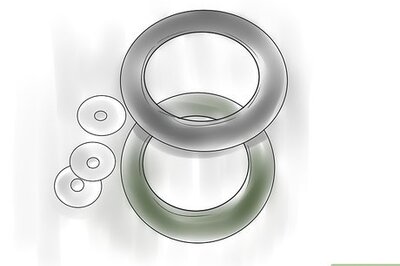
views
TOKYO: Japan on Friday said it will develop new “stand-off” anti-ship missiles that can target warships at greater distances around its southwestern Okinawa island chain, including near disputed islets in the East China Sea that China also claims.
“The security environment around our southwestern islands has become harsh. We have to respond to that in an appropriate way,” Japanese Minister of Defence Nobuo Kishi said at a press briefing.
The missiles would allow Japan to expand a strategy known as anti-access area denial (A2AD), that is meant to stop foreign forces from operating freely in waters close to its home territory.
The first major defence policy decision by Prime Minister Yoshihide Suga comes as Japan acquires air-launched missiles that could be used to hit missile sites in North Korea and is considering other strike weapons such as cruise missiles that could reach ground targets in China.
Japan has become increasingly concerned about Chinese activity in the East China Sea, including incursions into waters around the disputed islands know as the Senkaku in Japan and the Diaoyu in China.
The Okinawa islands are part of a chain stretching from Japan down through to the Philippines that acts as a barrier to Chinese expansion.
“Defending Japan’s southwestern islands requires longer-range systems because the islands cover a large area and Japan needs overlapping fields of fire,” said Zack Cooper, a research fellow at the Washington-based American Enterprise Institute.
Japan said its new stand off missile will be based on a 200-km (124-mile) range truck-mounted anti-ship version already deployed on the Okinawa islands.
The ministry did not say what range it will have or when they will be deployed.
Japan also said on Friday it planned to put new powerful Aegis radars with at least three times the range of older Aegis systems on two new warships in order to reinforce defences against any ballistic missiles fired by North Korea.
Deploying the new Aegis radars on ships could cost twice as much and take three years longer to complete than two ground-based versions it cancelled in June, a source with knowledge of the proposal told Reuters earlier. Japan had estimated the ground-based versions would cost around $2 billion.
The government didn’t give a cost estimate or say how long it expected construction of the vessels to take.
Disclaimer: This post has been auto-published from an agency feed without any modifications to the text and has not been reviewed by an editor
Read all the Latest News, Breaking News and Coronavirus News here

















Comments
0 comment